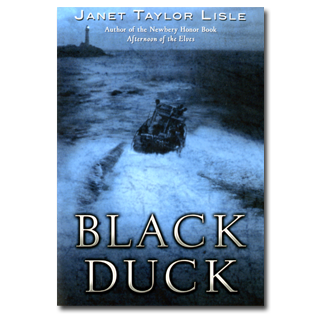
A FEW OTHER EVENTS FOR
JANUARY 16:
- Happy birthday Robert Lipsyte (Center Field), Kate McMullan (I Stink!), and Andrew Glass (Mountain Men).
- The first edition of El Ingenioso Hidalgo Don Quijote de la Mancha (Book One of Don Quixote) by Miguel de Cervantes is published in Madrid, 1605.
- It’s Appreciate a Dragon Day. Identify your favorite dragon in children’s literature. Read My Father’s Dragon by Ruth Stiles Gannett.
- On National Nothing Day, don’t celebrate, observe or honor anything. Unless you want to. Read Nothing by Jon Agee and Tales of a Fourth Grade Nothing by Judy Blume.
On January 16, 1919, the ratification of the 18th Amendment to the Constitution was certified. The 18th Amendment forbids the manufacture and sale of alcohol in the United States. In many areas of the country, people felt justified breaking this particular law. I myself have Ohio ancestors who made and transported illegal liquor during this period. When I asked my great aunt about some of them who had been murdered, she responded simply, “Oh, they were moonshiners, honey. That is what happened in those days, you know.” I didn’t know. Fortunately a book published in 2006 will help children understand this period of United States history, even if it doesn’t happen to be their own personal family history.
In Black Duck, Janet Taylor Lisle spins a fascinating tale for fifth through eighth graders that revolves around rum-running and Prohibition. Lisle sets the book along the Rhode Island coast, near Newport, a place of small beaches and landing spots. In the Narraganset Bay, small vessels made contact with alcohol-carrying boats from Canada, Europe, and the West Indies, moored outside of U.S. territorial limits. Then these boats brought the liquor to the coast, where it was unloaded in the middle of the night and often stored in cellars. Key to the story is the notorious Black Duck, a vessel that continually outruns the Coast Guard.
The protagonist of the story, David Peterson, has just finished eighth grade; he becomes intrigued by this part of Rhode Island’s past and sets out to record the story of Ruben Hart, now an old man, who as a boy had become involved with rum-running. Slowly Ruben opens up, about his own involvement and that of his best friend Jeddy. By the late 1920s everyone in the town—including the constables—were getting involved one way or another in this illicit trade. But so much money was being made that gangsters from first Boston and then New York begin to take over the territory. When Ruben and Jeddy find a dead man on the beach, and Ruben takes his pipe and tobacco pouch, they get swept into the alcohol trade. The boys change from innocence to becoming willing accomplices. In this time period, it is difficult to tell the good guys from the bad ones. Ruben gets kidnapped several times, and fortunately survives the last mission of the Black Duck, when three members of the crew are killed.
This mystery/adventure is so exciting, readers barely notice they are learning a good bit of local and national history, because the Rhode Island coastal community is such integral part of the story. If you want to explain the 18th Amendment or just entertain young readers, pick up Black Duck.
Here’s a passage from Black Duck:
Cornered against some dark beach, the Duck gunned her big engines and roared to freedom, leaving pursuers to wallow in her wake.
Originally posted January 16, 2011. Updated for 2024.













This book should be enjoyable to read.
Anita writing about her relatives reminded me that my grandfather was a horse-mounted deputy in rural Oklahoma. I have the original death threat note with a quite crude skull and crossbones drawing, with words in pencil sent him by moon shiners.
Those nasty critters shore couldn’t spell nohow partners.
Anita — I’m so glad you talked about this book! It’s really a great read. What impressed me was the way Janet showed how subtle the invasion of organized crime was — how something that looks like a simple game to make a few extra bucks really can systemically involve these communities in something wider and much more dangerous.
I read this on a foggy night on the coast of Maine … I tried to write Janet a fan letter, but couldn’t find a CONTACT area on her website at the time. So if you’re reading this, Janet Taylor Lisle, thanks for a great read!
Yours,
mta
Anita,
Black Duck was on our state young readers’ award list a few years ago. I picked i tup and LOVED it! I’ve put it in the hands of numerous kids since then.
Is there a way to sign up for this wonderful site? I see a Facebook link. Is there an e mail link as well? In our New Brunswick, Canadian schools, we are not allowed to access Facebook during the day.
Thanks for this delightful site.
You can sign up for an RSS feed as well. You can also just access the site at https://cbadastaging.com
Thanks for this recommendation, Anita. Your story (about your ancestors) made me think about my grandfather, who apparently brewed quite tasty bathtub gin in an upscale suburb of Pittsburgh. I haven’t read this book but now I will!